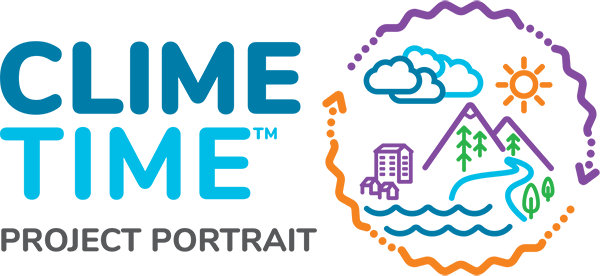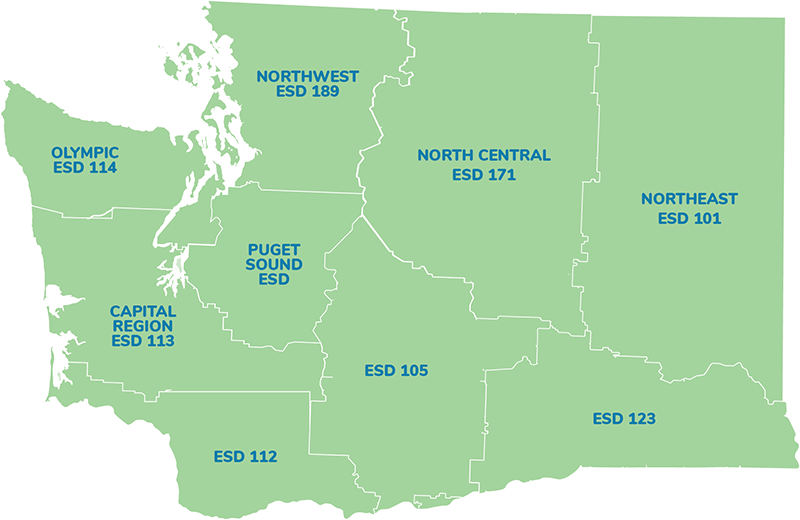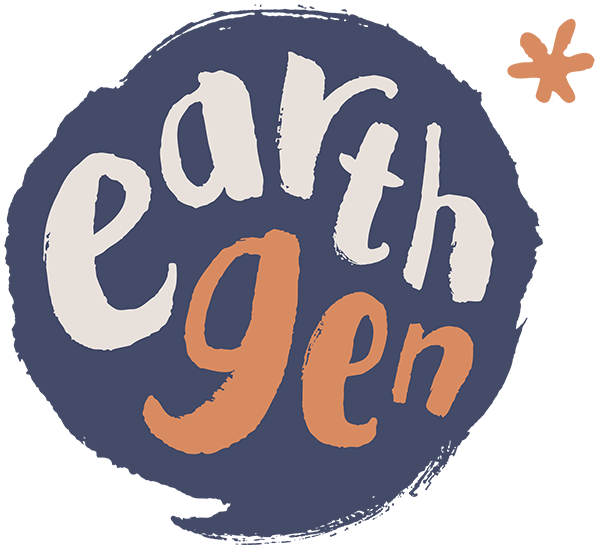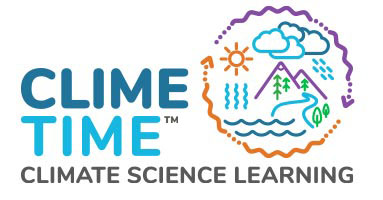Earthgen’s STEM Seminars Through Time
Intensive, all-day workshops, were a unique learning experience.

Overview
STEM Seminars have been part of EarthGen’s ClimeTime offerings since 2018. These training opportunities have been available to K-12 teachers, starting in SW Washington with ESD 112 and expanding across the state. This replicable offering has been made accessible to teachers by focusing on locally relevant climate impacts, uplifting marginalized voices and perspectives across the state, and providing a balance of scientific content and pedagogical practices for teachers to apply in their classrooms directly
What We Did
STEM Seminars, originally in-person, intensive, all-day workshops, were a unique learning experience. Each training focused on a specific climate change impact topic, tailored to reflect the local environment of the training site. For instance, in SW Washington, teachers explored the disparate impacts of coastal hazards, hot & hazy summers, or floods & droughts. Trainings featured a climate scientist from the University of Washington and a guest speaker with a background in the specific content area. These specialists provided unique perspectives and resources, enriching the learning experience and inspiring teachers to engage with scientific content.
As schools transitioned to virtual settings during the COVID-19 Pandemic, STEM Seminars evolved with the demands of the educational system. These one-day workshops turned into a series that included asynchronous work in between sessions so that teachers could independently continue their learning. This adjustment met the needs during a health crisis but continued as it supported the needs of teachers as the responsibilities and demands of the profession evolved.
As schools began to allow in-person learning, the STEM Seminars continued with a hybrid model—synchronous and asynchronous learning over several weeks, offering a unique learning experience. This approach encouraged teachers to implement what they learned with their students, fostering a sense of excitement about the new possibilities. These STEM Seminars focused on specific species that act as indicators of climate change (Sharp-tailed Grouse, Shellfish) and provided an opportunity to elevate Indigenous ways of knowing, further enhancing the unique learning experience.
In addition to the hybrid model and in response to requests from educators, EarthGen staff created an in-person climate grief and creative expression STEM Seminar. Teachers engaged in a day-long workshop, connecting with their colleagues on how best to respond to and process their own and student grief to climate change through creative expression.
Throughout the 23-24 school year, we have also worked to develop our staff capacity to make additional adjustments to the STEM Seminars to be more justice-centered. These adjustments include critical noticing activities when looking at data figures, integrating the lens of false solutions when thinking about ways to respond to climate impacts, and the disproportionate impacts of climate change on communities of color
We have also taken the approach that started STEM Seminars and reapplied it to our adjusted offering. This includes expanding the learning back into the field through optional Field Experiences. These experiences, in partnership with the Department of Fish & Wildlife, have given teachers the chance to see how the science content they learned can be applied in their communities. For example, teachers in the Pygmy Rabbit-focused STEM Seminar went into the Pygmy Rabbit-protected breeding grounds to count and observe rabbits in the Columbia Basin.
Today, EarthGen’s STEM Seminars have evolved into a hybrid model that combines asynchronous and synchronous learning experiences. This model begins with an introduction to climate change through videos by Dr. Kat Huybers, covering key climate topics and specific seminar themes like shellfish and rising seas. In the first synchronous session, teachers engage with Dr. Huybers and participate in data analysis activities. Educators then explore grade-specific climate data and mitigation models asynchronously. The second synchronous session features local specialists, allowing educators to gain diverse perspectives and collaborate on lesson plans. Teachers implement their learning in the classroom, focusing on specific climate content or teaching strategies. The final synchronous session is for sharing classroom experiences and receiving feedback. Optional field experiences provide hands-on learning and community engagement. This hybrid model ensures comprehensive training for educators, enabling effective climate science education.
What We Learned
Evolution over the years:
- Broader Reach and Depth: The hybrid model allows EarthGen’s STEM Seminars to reach more teachers while providing a comprehensive learning experience.
- Effective Entry Point: The seminars have become an effective entry point for educators to learn about climate change.
- Wide Range of Participation Incentives: Teachers participate for various reasons, including stipends, personal interest, and clock hours.
- Springboard for Further Training: The seminars serve as a springboard for additional trainings or field experiences.
- Intersectional Climate Science: The seminars now integrate social, political, and economic dimensions of climate science, providing a more holistic understanding.
- Collaborative Problem Solving: Trainings offer ample time for educators to work in small groups, addressing problems of practice and collaborating on innovative approaches to science education.
- Interest in Curricular Resources: Teachers have expressed a desire for curricular resources to complement their professional learning. Future plans include expanding access to these resources.

Project Reach
Total Participants
Project Partners

Feedback
“EarthGen is invaluable to how I teach climate change.”
“One thing as a teacher that I appreciated about the program was that the information was delivered in a way that made sense to me. The flow of it, the access to data, when it was assigned, the amount of synchronous versus asynchronous learning was really beneficial. It was just good practice, because that’s the way that I would want to teach it to my students.”
Contact
For more information contact:
EarthGen
info@earthgenwa.org
